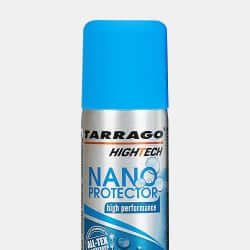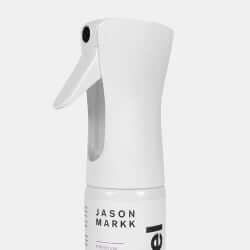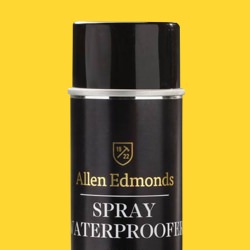Winter is nothing if not unpredictable. Icy temperatures, frigid winds, followed by freezing rain and epic snowfalls can make walking around a real bitch for your shoes. The shoes you put so much thought (and money) into. But that doesn't stop us from having to go to work, dinner or holiday parties, right? Even if you've got a sturdy pair of slush-kickers, you can't expect them to stand up to the winter's rage if you don't treat 'em right. After all, anyone who's witnessed their new kicks quickly go from crisp and clean to dingy and stain-splattered knows that a little precipitation (or maybe a spilled drink) can ruin your day, not to mention your shoes. Here are some simple suggestions to protect your kicks and keep your feet dry, warm and stain-free during the brutal season ahead.
Prep the Shoes
First, remove the laces from the shoes. Make sure the surface is clean by brushing or wiping them off to ensure the shoes are free of any dust and dirt. If your canvas or knit sneakers are dirty, wash them and make sure they're completely dry before applying the protector spray. Brush your suede shoes with a special suede brush or eraser to remove dirt or superficial stains.
The Tools You'll Need
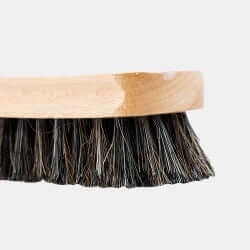
Horseshair shoe brush,
$9.99 by Cadillac
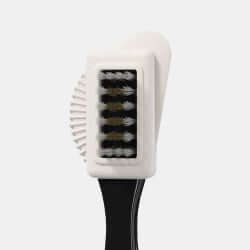
4-way suede brush and eraser,
$12.99 by Shackle
Note: If you want to spray your laces to protect them as well (not a bad idea), we suggest laying them flat and spraying them separately. Relace after the shoes and laces have completely dried.
Protect the Shoes
For knit, mesh or fabric sneakers
For knit, mesh or fabric sneakers
To ensure that your Flyknits, Primeknits or simple canvas sneakers retain their flexibility and breathability, we recommend this innovative spray that utilizes nanotechnology to coat the individual fibers. This makes the material as a whole much more resistant to water and dirt. Keep in mind, this spray does have a potent smell while it's wet, so it's best to spray it outside or in a well-ventilated room.
For leather sneakers, shoes or boots
For leather sneakers, shoes or boots
We've found that Jason Markk, probably the most trusted name in premium sneaker cleaning, makes one the best protectors that we've tested. The water-based spray creates an impressively durable barrier that works on a wide range of materials and leathers without messing with the color or altering the look or feel of the leathers.
For suede sneakers and shoes
For suede sneakers and shoes
For the unique texture of suede and nubuck, you want a non-silicone protector and while the Tarrago would work, we really like the waterproofer from Allen Edmonds. The fine spray creates tiny filaments that stand up, like a bed of nails, coating the entire surface of the shoe. This creates an impenetrable surface, which means that any splashes or spills will run right off, preventing any staining or discoloration.
Coat Them Properly
Hold the can approximately six inches away from the shoe, and spray the entire area of the shoe's surface, making sure it's completely and evenly coated. Be careful not to oversaturate. Allow the protector to fully cure by letting it dry for at least 24 hours. Then, for best results, apply a second coat and allow that to dry before wearing the shoes.
Then you'll want to reapply these protectors as needed. Typically, it should last you about a year, but if you wear the shoes regularly, check to make sure the coating is still active. To test, pour a little clean water over the surface of your shoes. If you see the water beading up, you're good. If not, your shoes are ready for another coating of waterproofer.

FYI
Each winter, the United States uses 18,000 tons of salt on roads and sidewalks.
